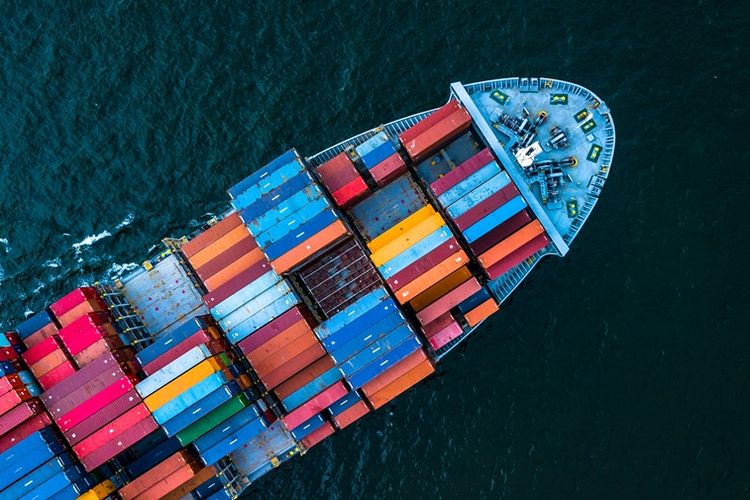Exchange rate volatility illustrates the price movements of currencies that are outside the equilibrium point. Volatile currencies cause distortions in export demand because an unstable exchange rate can increase or decrease the price of goods and for example can change the profits of traders. This study examines the extent of exchange rate volatility affecting commodities exported by Indonesia. The study focuses on five top export destination countries, China, India, Japan, South Korea and the United States.
Why is exchange rate volatility important for exports?
Theoretically, exchange rate volatility is negatively associated with trade flows because an unstable currency is associated with price uncertainty and higher levels of risk exposure. Volatility has potential to cause changes in goods demand. Exchange rate uncertainty can be reduced by using hedging tools, although they increase the cost of goods and can reduce profits.
Furthermore, exchange rate volatility can be accompanied by changes in the price of goods, currency depreciation – appreciation, and changes in global demand, which leads to a very uncertain environment for producers and traders. This study looks at the role played by exchange rate volatility, real exchange rates, and industrial development indices in export demand (top goods) from Indonesia. The eleven goods analyzed are based on natural resources, reflecting the pattern of Indonesia’s commodity-dependent exports.
The 2007-2019 period was marked by frequent movements in the exchange rates of Indonesia versus major partners. Rapid trade expansion is also taking place with developing countries with fast income growth (India and China) where hedging tools may be less frequent. On the contrary, exports to more developed countries (Japan, South Korea and the United States) experienced large fluctuations. Exports of eleven main goods to the five main destination countries cover more than 30% of total exports, highly relevant to Indonesia’s trade balance.
Furthermore, exports of main goods slowed during the financial crisis in 2009 and after 2012. Indonesia displayed the characteristics of a commodity economy where changes in commodity prices are related to exchange rate volatility. Nearly 50% of exports from Indonesia depend on natural resources which put special pressure on exchange rate movements because commodities are more sensitive to uncertainty.
The novelty of this paper appears as a symmetrical and asymmetrical effect compared to the aggregate level of exports. Although volatility in general can lead to lower exports, an environment that is at high risk of picking up exports can increase. The possibility of risk aversion behavior or risk taking by producers and traders suggests the need to look at the asymmetrical effects of exchange rate movements. Trader behavior can be motivated by risk aversion or risk taking behavior, opening empirical gaps.
The volatility perspective on exchange rates and trade
At the aggregate level, Indonesia’s exports are positively related to industrial growth in China, India and Korea. Moreover, a weak Rupiah, although it is expected to support exports, is negatively related to exports to China, South Korea, and the US (as expected). Only exports to Japan are positively related to a weaker Rupiah. Long-term forecasts for all major exports showed that exchange rate volatility jeopardized exports to India, Japan, South Korea and the US, but supported exports to China.
At the commodity level, in the long run, exports of ore, chemicals, rubber and paper are negatively affected by volatility. Exports to India experience the greatest effect due to (negative) volatility in a large number of products, while those to China only affect plastic exports. Volatility also affects some exports to South Korea (rubber and paper) and to the US (chemicals, rubber, wood, and paper).
However, Indonesia’s exports were mainly driven by growth in partner income (especially Asia), with exchange rate volatility explaining relatively small changes in exports. Some products were more affected by volatility, suffered more dramatic losses during the period. Exchange rates play a role in exports in explaining exports to India, Japan and South Korea, demonstrating the importance of monetary policy in supporting a stable Rupiah.
Author: Miguel Angel Esquivias Padilla
Details of this research available at:
http://www.sciencedirect.com/science/article/pii/S2405844019368008





